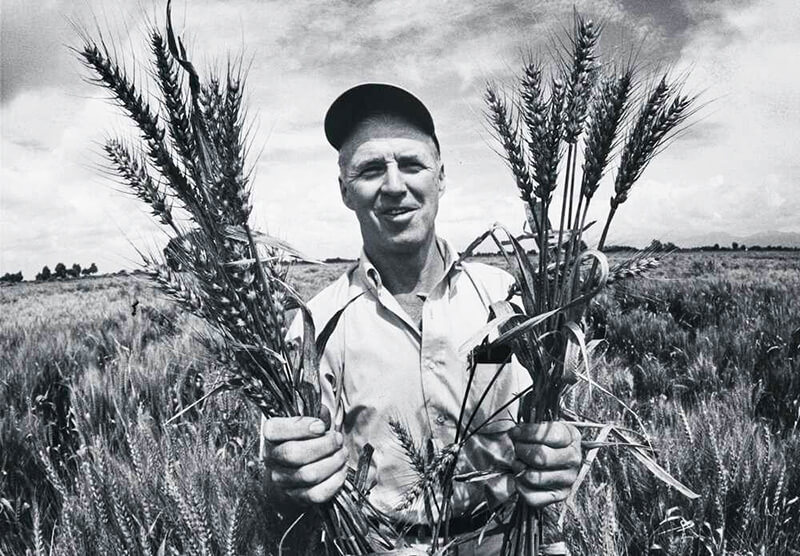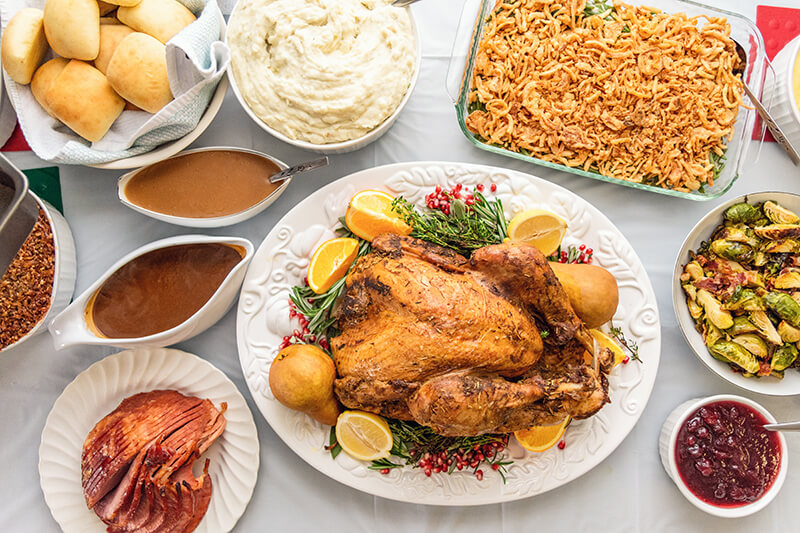Milk or Meat? Beef or Dairy?
Students identify the differences between beef and dairy cattle and determine the commodities produced by each type of cattle.
Students identify the differences between beef and dairy cattle and determine the commodities produced by each type of cattle.
Students read Right This Very Minute—a table-to-farm book about food production and farming—and diagram the path of production for a processed product, study a map to discover where different commodities are grown, and write a thank-you letter to farmers in their local community.
Students explore pecan production from farm to fork, simulate the process of grafting, and create a nutritious snack.
Students explore the journey of milk from cow to ice cream, make ice cream in a bag, and discover how food engineers have developed many different processes for making ice cream.
Students explore the complexity of heredity by studying horses and creating a horse’s family tree.
Students explore the importance of protein to a healthy diet and discover that eggs are a nutritious food and a good source of protein.

Evaluate the agricultural advances of the Green Revolution, discover the contributions of Norman Borlaug, and discuss the impacts of this era from an economic, social, political, and environmental perspective by watching the 2020 PBS film, The Man Who Tried to Feed the World.

Identify common Thanksgiving foods and their farm source, determine if those foods can be produced locally, and locate the common origins of their Thanksgiving day dinner.

Explore photosynthesis to discover how plants obtain energy from the sun and then continue following energy's path to see how energy can flow through ecosystems to ultimately provide food for humans.
Students explore a variety of greens to identify their structure and function in plant growth and prepare, cook, differentiate, and enjoy the health benefits leafy greens have to offer.
Students discover the needs of a seed to germinate and the needs of a plant to grow while exploring the life stages of a flowering plant.
Students identify where fruits and vegetables belong on the MyPlate diagram and describe the major parts of plants—roots, stems, leaves, flowers, and fruits—according to if they are produced on the top or bottom of a plant.